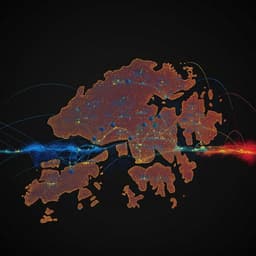
Humanities
Translations in Children's Paradise (1970-1979): the Union's agendas and the Cold War cultural diplomacy in Hong Kong
X. Li
Discover how *Children's Paradise*, a crucial entity in American Cold War cultural diplomacy, navigated translations to reflect its China-centric agendas. This enlightening research by Xueyi Li reveals how localized practices addressed Hong Kong's socio-political landscape, shaping the cultural identity of younger generations amidst the complexities of the Cold War.
Playback language: English
Related Publications
Explore these studies to deepen your understanding of the subject.







